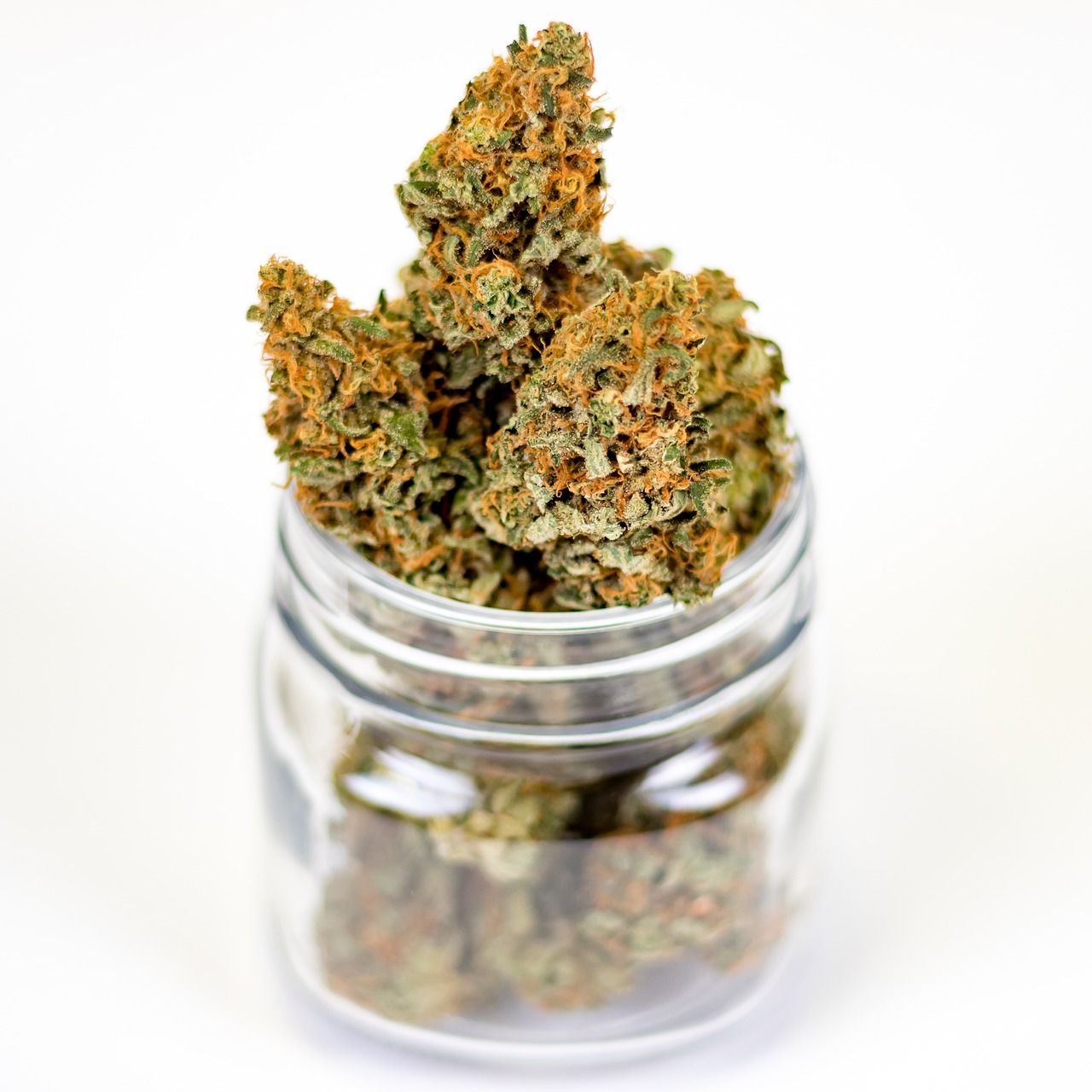As the stigma around cannabis softens and policies evolve, more adults over 60 are exploring whether it can help with pain, sleep, and everyday quality of life. Surveys and clinical observations show rising interest and use among older adults, with recent analyses estimating about 7% of Americans 65+ used cannabis in the past month. That growth is driven by curiosity, access, and the search for alternatives to traditional medications.
Where cannabis may help
Evidence remains mixed—and often depends on the condition, product, and dose—but several areas stand out:
Chronic pain. A landmark review by the National Academies concluded there is “substantial evidence” that cannabis is effective for treating chronic pain in adults. For some, it can reduce pain intensity and improve function, potentially lowering reliance on other analgesics.
Sleep disturbance. Many older adults report using cannabis for sleep; early studies note perceived improvements, though controlled trials are still limited. CBD-rich products may be less impairing than THC-heavy ones, but individual responses vary and tolerance can develop.
Arthritis and localized pain. Small randomized or feasibility trials suggest topical CBD (and even hemp seed oil) may ease hand or knee osteoarthritis symptoms with minimal systemic effects—an appealing option for seniors sensitive to THC. More rigorous studies are underway.
Important safety considerations for older adults
Start low, go slow. Because metabolism, balance, and reaction time change with age, seniors are more susceptible to dizziness and confusion—both of which can increase fall risk. Begin with very low THC doses (e.g., 1–2.5 mg), increase gradually, and consider CBD-dominant products to minimize impairment.
Avoid driving. Even regular users over 65 show measurable driving impairment after smoking cannabis. Plan rides or use transit on days you dose with THC. Driving under the influence is dangerous and illegal.
Mind the heart. Cannabis—particularly products containing THC—can raise heart rate and blood pressure and has been linked in observational research to higher odds of cardiovascular events. Seniors with heart disease, arrhythmias, or stroke risk should discuss cannabis carefully with a clinician and consider non-inhaled, low-THC options if appropriate.
Watch medication interactions (especially CBD). Cannabidiol (CBD) can interfere with how the body metabolizes many medications (similar to “grapefruit” interactions). Case reports document significant interactions with warfarin, raising bleeding risk by elevating INR. If you take anticoagulants, antiarrhythmics, seizure meds, or other narrow-therapeutic-index drugs, coordinate with your prescriber and pharmacist—and monitor labs when starting CBD.
Choose non-smoked routes. Inhaling smoke can aggravate respiratory conditions common in older adults. Consider tinctures, capsules, measured edibles, or topicals instead. Remember that edibles take longer to “kick in” (often 1–2 hours) and last longer, which raises the risk of accidental overconsumption—so dose conservatively and wait before taking more.
Buy from licensed sources and read labels. FDA has not approved over-the-counter CBD for medical treatment, and the agency continues to issue warning letters to companies making illegal health claims or selling mislabeled products. Look for products with recent certificates of analysis (COAs) showing cannabinoid potency and contaminant testing.
What is actually FDA-approved?
Only a few prescription products are FDA-approved: Epidiolex (purified CBD) for specific seizure disorders and synthetic THC medications (dronabinol/Marinol, Syndros) and nabilone (Cesamet) for chemotherapy-related nausea and appetite stimulation. These differ from dispensary products in purity, dosing, and indications.
Practical tips for seniors considering cannabis
- Set goals. Identify what you want to improve—nighttime pain, neuropathy “zaps,” or trouble falling asleep—and track outcomes and side effects to see if cannabis is meaningfully helping. (A simple symptom diary works.)
- Begin with CBD or balanced products. Many older adults do well starting with CBD or low-THC (e.g., 1:1 CBD:THC) and titrating slowly. Reserve higher-THC products for targeted, short-term use if needed.
- Time your dose. If using THC, try evenings at home first; avoid mixing with alcohol or sedatives, which can compound drowsiness and falls.
- Protect against falls. Sit when dosing for the first time, rise slowly, and use assistive devices if balance is an issue. Keep pathways well lit at night.
- Store safely. Lock up edibles and tinctures—child-appealing packaging and slow onset can lead to accidental ingestion by visitors or caregivers. If an exposure occurs, contact Poison Control at 1-800-222-1222.
- Know local laws. State rules differ on medical vs. adult-use access, possession limits, and where use is permitted. Licensed dispensaries can explain product types and provide lab reports, but they cannot give medical advice.
The bottom line
For some seniors, thoughtfully used cannabis can be a tool—particularly for chronic pain and sleep—when standard options fall short or cause side effects. At the same time, age-related physiology and common conditions (heart disease, polypharmacy, fall risk) raise the stakes for careful selection, dosing, and monitoring. Partnering with a clinician, choosing non-smoked forms, starting low and going slow, and buying tested products are the best ways to explore potential benefits while minimizing risks.
Disclaimer: This article is for general information only and is not a substitute for professional medical advice. Seniors should consult a licensed medical or healthcare professional before starting or changing any cannabis regimen.

